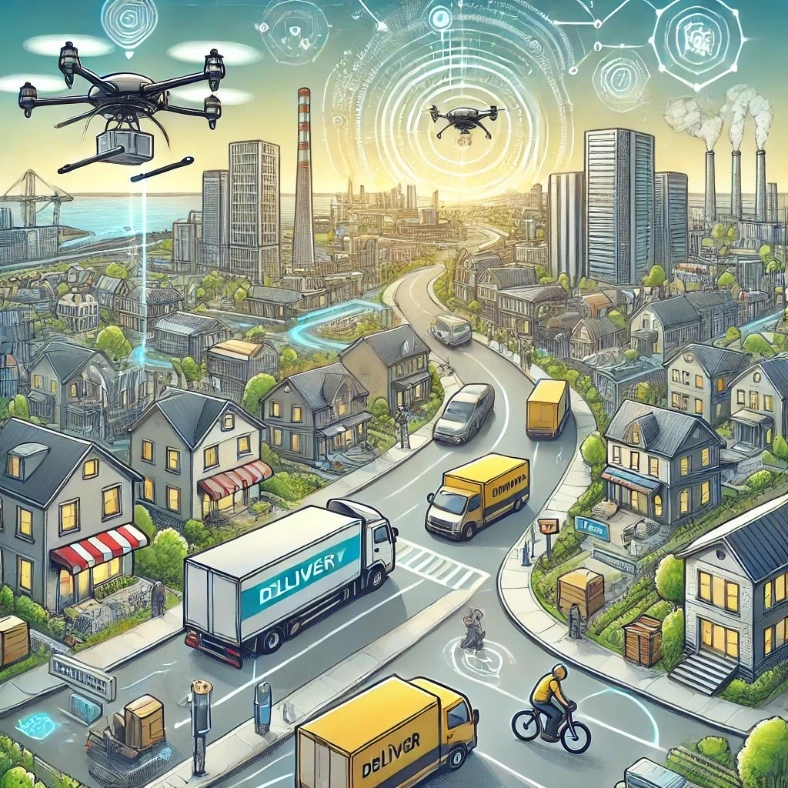Ready to Transform Your Network?
Contact us today to learn more about how our Services can drive success for your business.
Published Aug 2024
Subscribe to receive latest resources on supply chain design
The last mile of the delivery journey is often a black hole of unpredictability for businesses. Unlike the relatively linear costs of long-haul transportation, last-mile delivery is a complex web of variables that defy simple calculations. This blog delves into these complexities and their implications for businesses.
A widely held belief in logistics is that bringing inventory closer to customers will inevitably reduce last-mile delivery costs. While this assumption seems logical, it oversimplifies the complexities of supply chain management.
Contrary to popular belief, the cost of delivering a parcel doesn’t increase proportionally with distance. Factors like traffic congestion, delivery density, and service requirements create a non-linear relationship between the number of deliveries and the total cost.

By recognizing the non-linear nature of these factors, logistics providers can develop more accurate cost models, optimize operations, and implement strategies to mitigate the impact of these complexities.
Understanding the non-linear nature of last mile costs is crucial for businesses to maintain profitability and competitiveness. The implications are far-reaching:
To understand the true impact of non-linearity, let’s look at some data:
How amazon tackled the challenges of non-linear last-mile costs:
To thrive in the face of non-linear last-mile costs, businesses must adopt a strategic approach:
The last mile is no longer a mere logistical hurdle; it’s a complex economic challenge. By understanding the non-linear nature of costs and implementing data-driven strategies, businesses can navigate this complexity and achieve sustainable profitability.
Contact us today to learn more about how our Services can drive success for your business.
We’re excited to discuss what problems you are facing and how can you make your existing supply chain more efficient by continuously designing it.